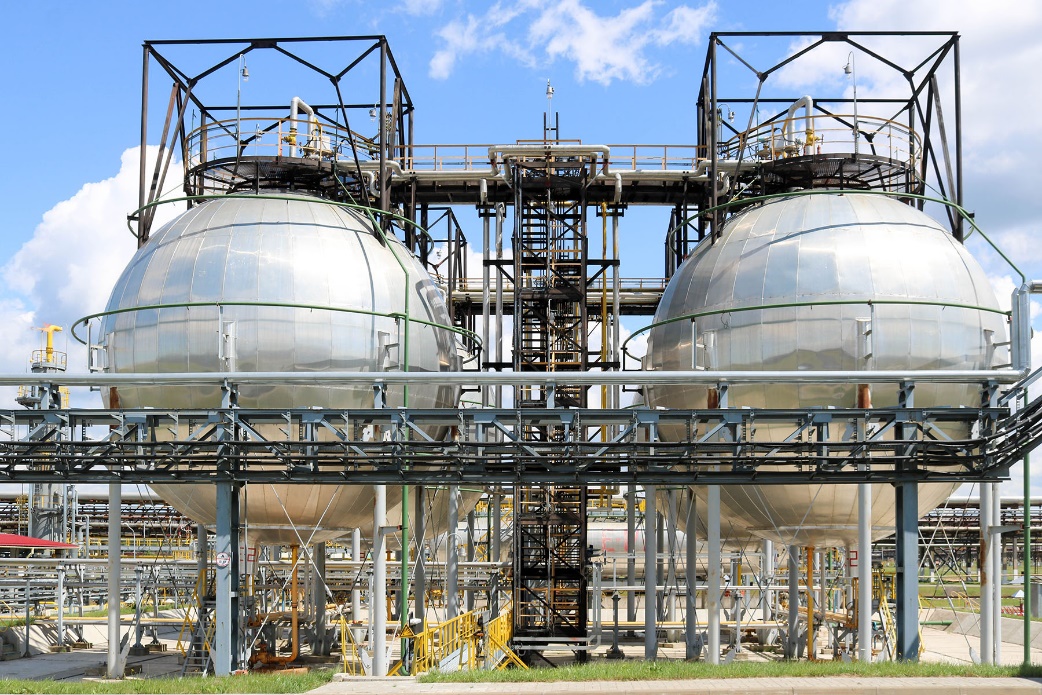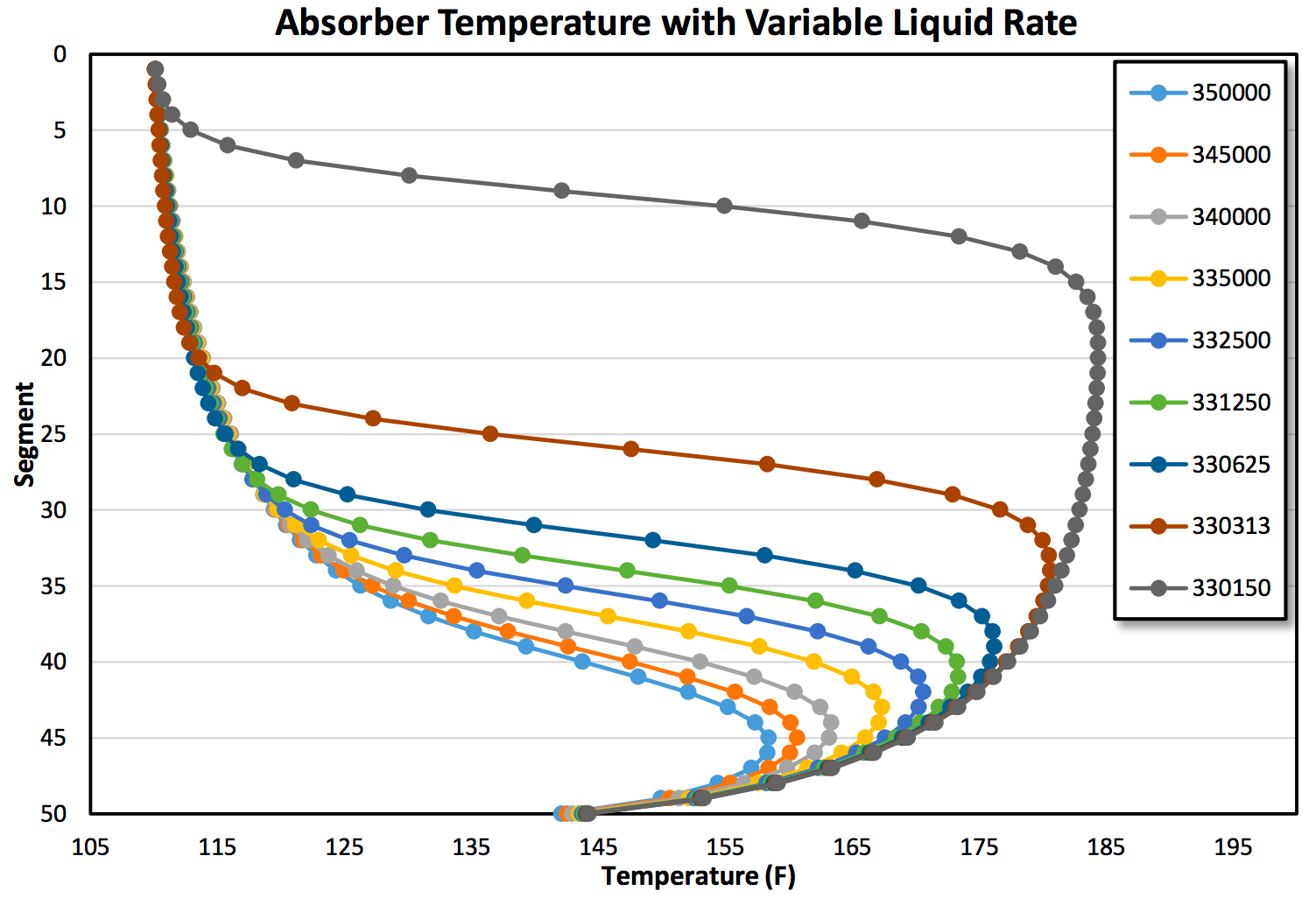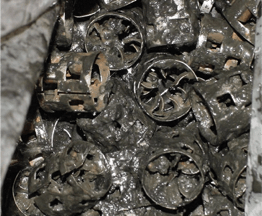ProTreat Advantages

The ProTreat® simulator is the industry's most advanced simulation tool for gas treating. Because ProTreat is a rigorous rate-based simulator, it offers the ultimate in accuracy, reliability, and truly predictive power. ProTreat provides you with unparalleled capabilities in design, plant optimization, and troubleshooting. A ProTreat model of your facility creates a virtual plant that you can rely upon because of its holistic approach to plant simulation.
- Accurately simulate blends of up to three amines, including MDEA-based blends as well as proprietary solvent formulations including
- INEOS* GAS/SPEC*
- Dow UCARSOL™
- Eastman AdapT®
- Piperazine-promoted MDEA
- Carbon Clean Solutions solvents for carbon capture
- Sulfolane
- Hybrid solvents using mixtures of Sulfolane with up to any 2 amines
- Accurately predict carbonyl sulfide (COS) and mercaptan removal rates by amines and caustic
- Assess the exact effect of your specific column internals on H2S selectivity and solvent regeneration
- Determine whether a special tray design will improve H2S removal in shale gas - and tail gas-treating
- Simulate and design acid gas enrichment (AGE) units
- Account for the effect of a wide variety of heat stable salts (HSSs), phosphoric acid additive, and caustic contamination on treating plant performance
- Quantify the utility of the additive piperazine on ammonia syngas and LNG production and discover whether the treating unit being designed or revamped may be operating close to a stability limit before the plant is built
- Determine the distribution of ammonia and methanol in gas treating, SRU, and TGU systems
- Simulate the physical solvent DMPEG (dimethyl ether of polyethylene glycol), glycol dehydration, and sour water stripping as mass-transfer rate-controlled processes
- Properly design Stahl columns for glycol dehydration enhanced by stripping gas.
- Perform detailed carbon capture studies, including the possible benefits of using amino-acid salts
- Simulate HotPot (i.e. potassium carbonate or K2CO3) promoted with up to three amines as a mass transfer rate-based process
- Account for the effect of 13 HSS contaminants (phenolic water) and caustic soda addition on sour water stripper performance
- Use ProTreat's exclusive mass transfer rate basis to deal properly with structured and random packing.
Design

Should a column ever be designed with regard only to the effect of its internals on capacity, but not on mass transfer performance? Of course not. So why would you use a process simulator that models theoretical stages rather than real internals? When designing your gas treating plant, ask yourself:
- How predictive is your current simulator?
- Does it use or ask for residence times or component and thermal efficiencies in an attempt to translate theoretical stages into real internals?
- How can you be confident the translation from theoretical stages to real internals is accurate? After all, the inputs required for translation are usually just guesses.
Theoretical stages are just that—they're theoretical. A theoretical stage knows absolutely nothing about what’s inside the tower—it might as well be empty. ProTreat® uses detailed internals to accurately predict the treating performance of the column. ProTreat eliminates the guesswork and allows you to confidently guarantee performance. Whether you're designing a new Contactor or revamping an existing one, it's important to recognize that:
- Your internals supplier doesn't sell theoretical or ideal stages. They supply real trays, structured packing in wooden crates, and random packing in bags! You can't order ideal stages, and ideal stage calculations don’t address this reality.
- Column internals impact treating performance, not just hydraulics.
In selective treating, over- and under-design can be equally fatal. Avoid uncertainty — Use ProTreat®!
Optimization

These temperature profiles show the absorber is operating close to a cliff—a small change in solvent rate has a disproportionate effect on performance as indicated by the overly-responsive temperature profiles.
Many parameters can be adjusted in an operating plant to optimize performance. Amine strength, temperature, and solvent circulation rate significantly impact energy consumption. Because of its remarkably high accuracy and reliability, and its intimate connection with tower internals, ProTreat® very closely predicts plant performance. This makes ProTreat the perfect tool for optimization both during design and in the post-design phase, and later when the plant may be running under off-design conditions.
Over time, the condition of your treating solvent will likely not remain pristine, and ProTreat® can also help with reclaiming decisions. ProTreat® can accurately model the effect of sodium and heat stable salts (HSS), allowing you to decide the extent of reclaiming or replacement needed. ProTreat contains an in-built corrosion model based on research by an industrial consortium. It will even let you model CO2 and SO2 removal with seawater to assess mitigation of pollution from ships at sea.
Most solvent vendors use either ProTreat® or an in-house rate-based simulator modeled after ProTreat for selecting the best solvent and operating conditions for any application—it's simply the best tool available. Shouldn't you be using ProTreat, too?
Troubleshooting

Imagine you are the process engineer on an amine unit. Since coming out of a turnaround, performance has not been as promised. With margins at an all-time high, you know that the plant manager will be breathing down your neck in the near future! Sound familiar? Of course, you'll use data and a simulation tool rather than speculation to troubleshoot. However,
- If your simulator idealizes certain critical unit operations in the amine system, how can you be confident of its results?
ProTreat® models are based on what's actually in your plant and what its columns contain, in detail. It asks only for information you can read from a process flow diagram and vendor data sheets. In the words of one ProTreat user:
"If there's a discrepancy between plant data and what ProTreat says, the first thing I do is look for what's wrong with the plant!"
For example, troubleshooting via ProTreat simulation pointed to a leaking exchanger as the cause of poor treating. When the exchanger was taken out of service it was indeed found to have several small tube-sheet leaks. That's precision!
ProTreat's main advantage over other process simulation tools is its extremely close connection to reality. When there's minimal uncertainty in the simulation results, there's much less uncertainty in the deductions made in troubleshooting. In troubleshooting, ProTreat's authenticity is king!